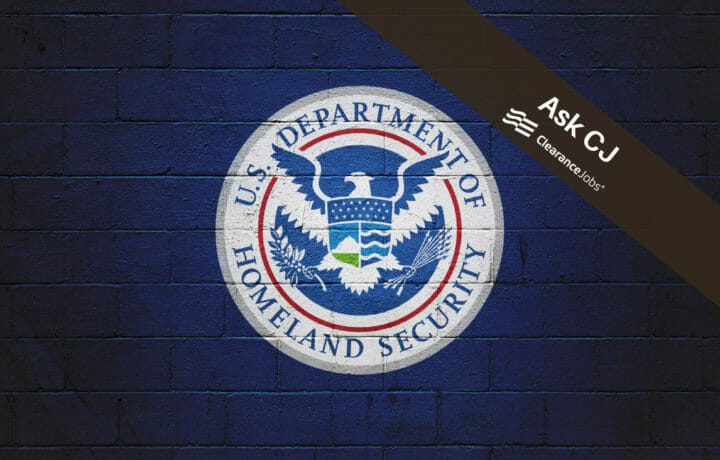We live in a world awash in scary information. How do we discern the wheat from the chaff in a cornucopia of data that might affect the safety of our cleared personnel and their classified missions? What threats are real, and what can we do about them? In a simple, workable measure, we can turn to professional threat researchers who can help. Our employment is based on protecting government secrets, and no one can see the full threat picture in a silo. What are some of the best resources for security professionals?
Online Resources
One place to turn is the Department of Homeland Security’s website. The National Terrorism Advisory System (NTAS) was designed to communicate information about terrorist threats by providing timely, detailed information to the American public. DHS does this most expediently through the U.S. Department of Homeland Security (DHS) Center for Prevention Programs and Partnerships (CP3) newsletter. This supports DHS’s commitment to ‘enhancing our collective ability to prevent all forms of terrorism and targeted violence.’ To achieve this, of course, requires far more than one agency can provide. Government at all levels, the public, and all private institutions, businesses, and industries in the United States are called upon to build trusted partnerships, the better to defend ourselves.
Training Programs
DHS has established training programs, seminars, and helpful advisories to make the threat to organizations known. For one excellent example, DHS reached out through The McCain Institute for International Leadership at Arizona State University ‘whose program seeks to build a national network of prevention practitioners. This interdisciplinary network will serve to both increase the efficacy of locally based prevention frameworks and programs as well as expand referrals to qualified programs throughout the country by providing prevention and intervention practitioners with a forum where they can identify promising practices, discuss the latest research, and share resources.’ As part of this program, the McCain Institute is hosting a 12-part “Prevention Practitioners” workshop series, which aims to both ‘create and foster this national network’.
Collaboration
Other projects too numerous to mention inform this defensive posture, helping Americans be aware of and protect themselves in a dangerous world. Ours is a vast and diverse nation. DHS, realizing this, has reached out to the public for ideas on better protective measures. This buy-in by various agencies and organizations creates a mutual confidence that we stand best when we stand together.
Evidence of the value of DHS advisories is plentiful. Industries know they must identify the threats which confront them, and that those threats reshape themselves often. Companies with classified missions can avail themselves of training and publications which help them defend against identified threats. Whether the threats are from violent domestic terrorists, motivated by falsehoods or exacerbated racial, political, or issue grievances, or other, foreign threats present in our land, DHS helps us understand them.
We who are committed to the defense of secret information must know we are not alone. We have many credible sources who will help us. We simply need to learn about them, and avail ourselves of what they offer. Take advantage of all of the resources and programs DHS offers. It will answer many questions you have, and keep you from doing work already accomplished.




